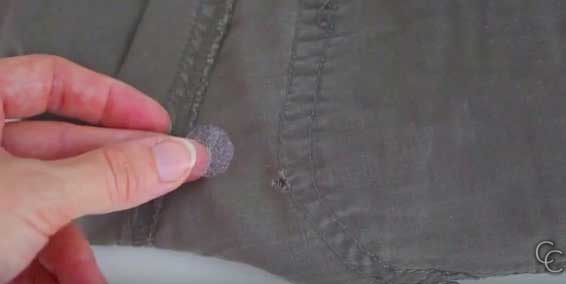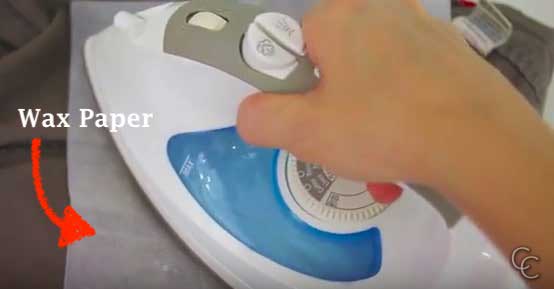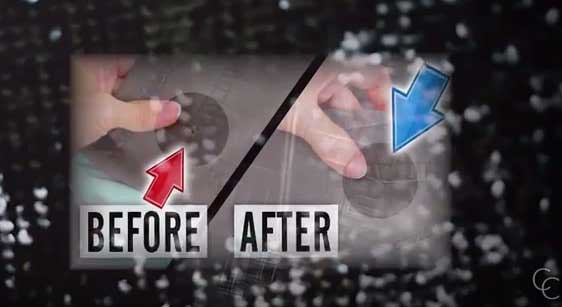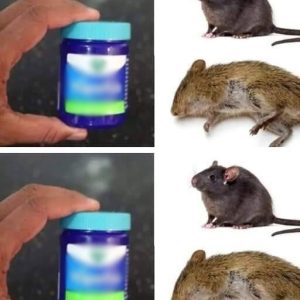Sometimes holes will appear in clothing. But don’t throw them away just yet. You may still save your favorite outfits even if you’re not good at sewing. In fact, even if you can sew for tiny holes, you might want to employ this procedure as it lessens the likelihood of noticeable, knobby stitching. When you start searching for these annoying holes, you could be startled to find that more clothes than you would have. Fortunately, if you get the hang of it, mending each pinprick will only take a few minutes.
How to Find a Clothes Hole
These annoying tiny holes could form for a variety of causes. While it’s easy to blame moths, they’re not the only ones. In addition to snagging from commonplace items and accessories, pinpricks can also occur from normal wear and tear. These could include:
Pull-on Belts Bras
The laundry sink in your home
Chlorine bleach stains on uneven surfaces
Strategies to Prevent Holes
The location of the holes may reveal the culprit. For example, belt buckles can rip or grab the fabric in shirts, causing holes in them. If so, you can either use sandpaper to soften the rough edges or remove the belt and adjust it often. If you tuck your shirts inside your jeans, the zipper can be the cause of holes in your clothes. Zippers can be harmed, though, when washing items in the washing machine. Therefore, zip up pants, sweatshirts, and similar goods before washing to prevent them from snagging on other objects. Similarly, secure bra fasteners before washing them to avoid metal fasteners snagging on other garments. Alternatively, if the bras are prone to coming loose, store them apart in a wash bag.
Not to mention washing machines, there are other bad habits that could cause a hole in your clothes. Don’t overload the machine, for instance, as this raises the risk of snagging on items with buttons, zippers, and other embellishments. Therefore, be careful not to overfill the washing machine and always turn items with buttons, beads, or other embellishments inside out.
Furthermore, separate delicate materials like cotton and silk from sturdy things like linens and towels. Instead, make sure that silk and other delicate materials are spun on moderate spin cycles. Furthermore, exercise caution while using chlorine bleach because misuse or excess might result in holes in clothing. Thus, exercise caution or make use of environmentally friendly products such as vinegar, baking soda, or citric acid.
Moths not only often create holes in materials, but they also consume and pilfer from other materials, especially animal-based textiles like wool, silk, and leather. Therefore, utilize pheromone traps to combat male moths; use essential oils of mint or lavender to deter the remaining moths; or store dried lavender in mesh bags. Use vinegar to clean out the closet and warm water to wash your belongings if the infestation is bad.
Lastly, be mindful of rough surfaces such as brick, wood, exposed nails, and stone. Rubbing or pushing against them may cause snags. These holes might not be noticeable at first, but they could unravel and worsen with further wear and tear or washing. Therefore, consider flattening or covering any such surfaces you have around your home to avoid accidental tearing.
Before starting to fill any holes, you must have the following:
Clothes items with holes 5 mm or less
One Fusible Bond, One Iron Web
A large piece of wax paper
Guidelines:
1. Place the damaged article of clothing on the ironing board with the hole facing out.2. Cut out a little fragment of fused web. It should be somewhat bigger than the hole that needs to be sealed.
3. Gently press the two sides of the hole together to give the impression that the hole has vanished, then cover it with the fusing web. Use the wax paper to cover the same area. Amazon, Walmart, and fabric and craft stores sell fused web.

4. Next, place your iron against the wax paper while it is on the “wool” setting. Do not move or apply pressure to the iron for around ten seconds. Remove with care.

5. Pick up the piece of clothing and turn it right-side in to check the hole. In the event that the hole has not closed smoothly, USE YOUR FINGERS TO CLOSE IT LIKE IN STEP TWO. UNTIL THE CLOTHING SEEMS LIKE NEW, REUSE THE IRON IN STEPS THREE AND FOUR. You will immediately notice that the hole seems gone after trying a few times to get the method down.






